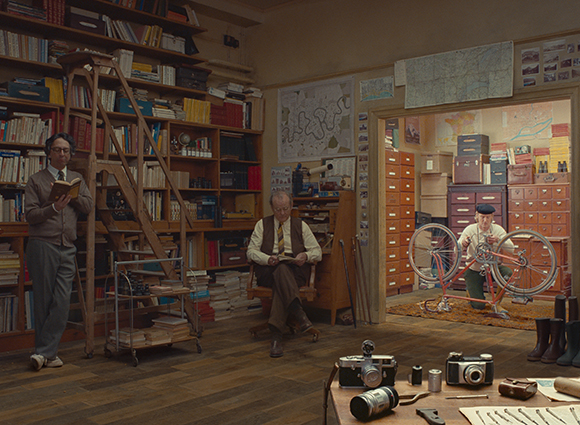ROLE 1- EDITOR
In charge of cutting, deleting, and assembling the raw footage of the film to create the final product. Also responsible for enhancing important narrative aspects through when shots and scenes are cut. It is an important role as, if done wrong, the audience can easily become bored. I want to take inspiration from unique and creative editors, who preferably have connections to animation as that is something I am very interested in. Because of all of these factors, I chose to look at the work of Andrew Weisblum, an American film and visual effects editor, who has often worked alongside Wes Anderson in his live action and animated films. Andrew Weisblum himself is credited for editing a total of nineteen films, with two more in development, including Fantastic Mr. Fox, Black Swan (which he won an academy award for), and Isle of Dogs. He describes his and Anderson’s editing style as “precise and detailed”, and uses storyboards and animatics to plan certain parts of the film. He also has a background in visual effects, as well as traditional film, and uses these skills often, like editing backgrounds and certain details while cutting and assembling the film, making his process more organised and fitting into his creative vision better and elevate the story.

ROLE 2- ANIMATOR
Responsible for adding in moving images either alongside or instead of live action footage. I am leaning more towards 2D animation, meaning the majority of my work will be hand drawn. It is a rather slow and tedious process but worth it for the unique visuals. Because I am most interested in 2D animation, and I am mostly taking inspiration from other 2D animators. Most specifically the work of Studio Ghibli, a Japanese animation film studio whose work includes, Spirited Away, Howl’s Moving Castle, and Ponyo. All of these films took a lot of time and people to make but I am hoping of creating some animated shorts inspired by their art style as well as the types of stories they tell. Their style is described as “whimsical and joyful” as many of their films are suited for children, and they use a variety of animation methods to create beautiful and memorable scenes, including watercolour and acrylic paintings for backgrounds. Storyboards are also used to plan out ideas and scenes and to make actually animating the project significantly easier. Ghibli’s style is very fluid and loose allowing big action filled scenes to feel dynamic and visually appealing, and smaller quiet scenes to be calm and natural looking.

Sources-
